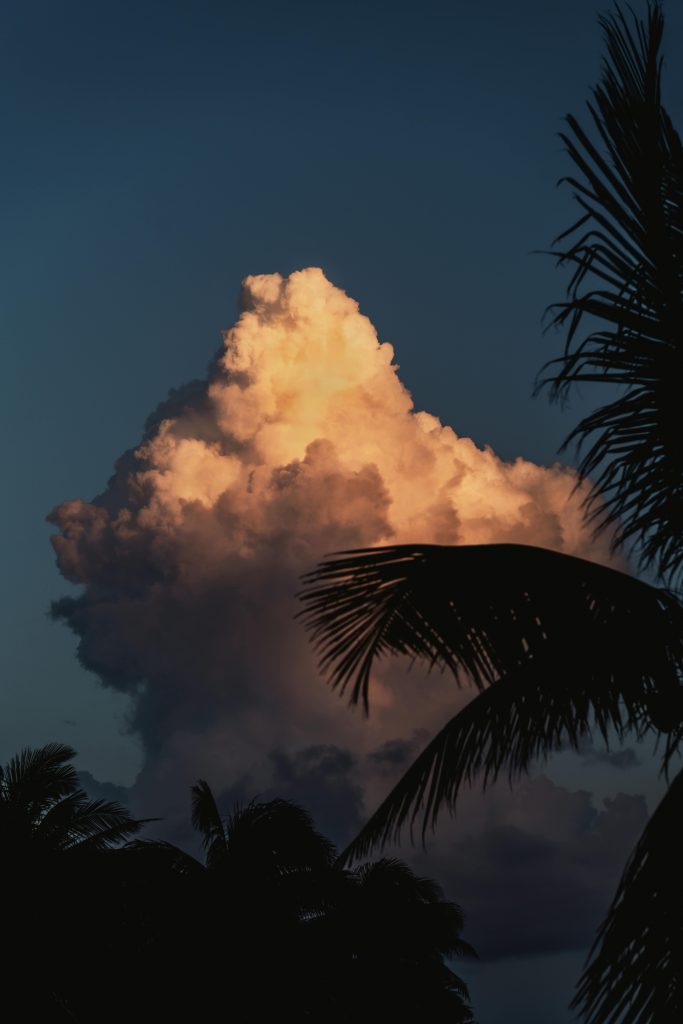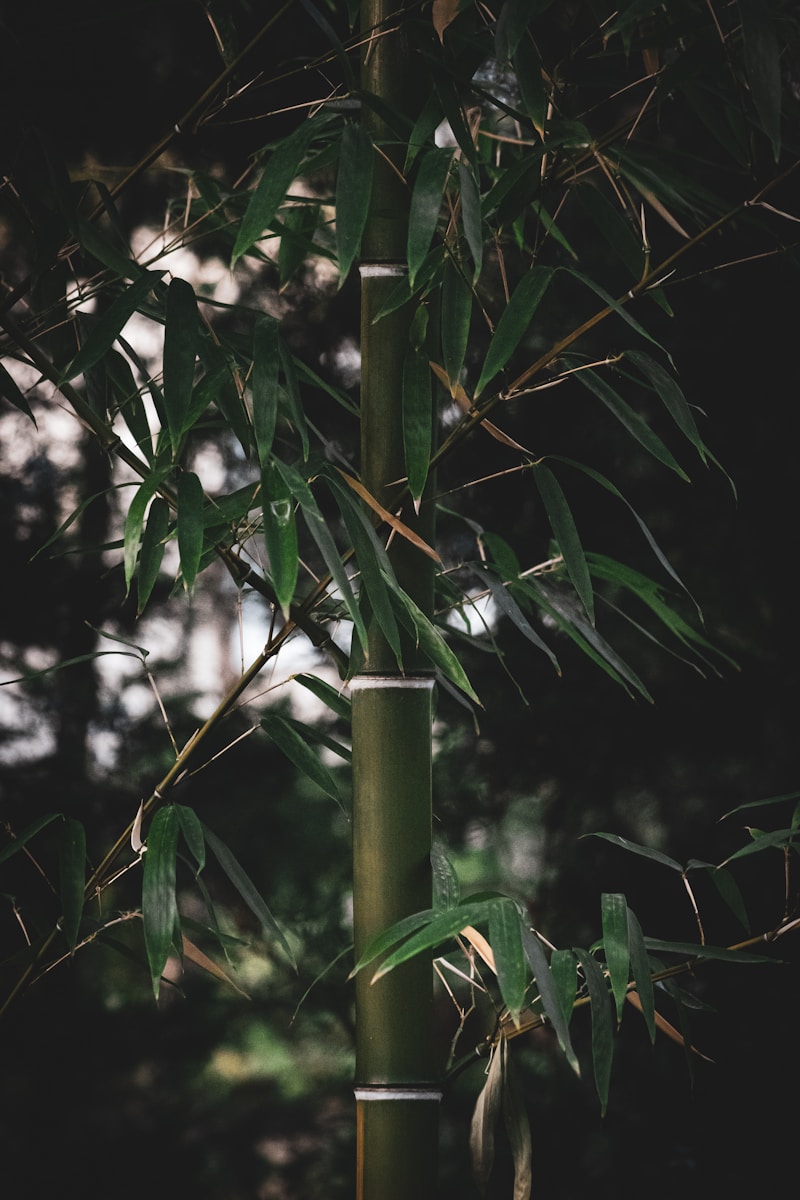Now Reading: Les Maîtres Fous
-
01
Les Maîtres Fous
Les Maîtres Fous
“Les Maîtres Fous” (The Mad Masters) by Jean Rouch: An Overview
Release and Context:
Directed by French anthropologist-filmmaker Jean Rouch in 1955, Les Maîtres Fous is a seminal ethnographic film documenting the Hauka movement, a religious sect among the Songhai people in colonial West Africa (then the Gold Coast, now Ghana). The Hauka emerged in the 1920s as a response to colonial oppression, with practitioners entering trances to embody and mimic European authorities, blending mockery and spiritual resistance.
Content and Structure:
The 36-minute black-and-white film contrasts the mundane lives of Songhai migrants laboring in Accra with their intense ritual performances. During these ceremonies, participants consume sacrificial animals (including a dog) and adopt the personas of colonial figures (e.g., generals, governors), enacting exaggerated military drills and bureaucratic pomp. The film concludes with the participants returning to their daily lives, suggesting the rituals serve a cathartic, psychological function.
Themes and Significance:
- Colonial Resistance and Syncretism: The Hauka rituals exemplify cultural syncretism, merging indigenous spirituality with colonial imagery. This hybridity reflects both resistance to and adaptation of oppressive structures.
- Ethnofiction and Cinéma Vérité: Rouch pioneered “ethnofiction,” blending documentary realism with staged elements. His participatory approach involved collaboration with subjects, though critics debate the extent of his influence on their performances.
- Psychological Catharsis: The film posits rituals as a means to cope with colonial trauma, offering insight into the psychosocial dynamics of subjugation.
Reception and Controversy:
Initially controversial, the film shocked audiences with its visceral imagery and was banned in Britain and colonial Africa. Critics accused Rouch of exoticism and ethical exploitation, while others lauded its innovative portrayal of postcolonial identity. Over time, it gained recognition as a critical work in visual anthropology and postcolonial studies, influencing debates on representation and hybridity.
Legacy:
Today, Les Maîtres Fous is a cornerstone in ethnographic film education, appreciated for its complex exploration of power, identity, and cultural resilience. It remains a touchstone for discussions on the ethics of documentary filmmaking and the role of the ethnographer in mediating cultural narratives.
Key Terms: Ethnofiction, Cinéma Vérité, Hauka Movement, Postcolonial Theory, Cultural Syncretism.
The question of “unknown spiritual powers” attributed to African peoples during colonial encounters is deeply tied to misunderstandings rooted in cultural difference, Eurocentric biases, and the inability (or refusal) of European colonizers to engage with African spiritual systems on their own terms. While there was no singular “power” Europeans failed to grasp, the disconnect often stemmed from fundamental differences in worldview and the colonial dismissal of African spirituality as “primitive” or “superstitious.” Below are key aspects that Europeans often misread or oversimplified:
1. Ancestor Veneration and Communal Continuity
Many African spiritual systems emphasize ancestral communion—the belief that ancestors remain active in the lives of the living, mediating between the human and divine. Europeans often interpreted this as “ghost worship” rather than recognizing it as a sophisticated framework for maintaining social cohesion, moral accountability, and historical memory. The living and the dead were seen as part of a continuous community, a concept alien to European individualism and linear notions of time.
2. Animism and Interconnectedness
African cosmologies often center animism—the belief that spirits inhabit natural elements (rivers, trees, animals) and that humans exist in a reciprocal relationship with these forces. Europeans, steeped in Enlightenment rationalism and Judeo-Christian dualism (which separates humans from nature), dismissed this as “superstition.” They failed to grasp the ecological and ethical dimensions of these beliefs, which emphasized balance, respect for nature, and the sacredness of all life.
3. Ritual as Resistance and Psychological Catharsis
As seen in the Hauka movement (Les Maîtres Fous), African rituals often served as subversive acts of resistance and psychological release. Europeans viewed trance states, spirit possession, or ritual mimicry (e.g., mocking colonial authorities) as “madness” or “hysteria.” In reality, these practices allowed marginalized communities to reclaim agency, process collective trauma, and critique power structures through symbolic inversion. The “power” here was the ability to transform oppression into cathartic performance.
4. Divination and Knowledge Systems
African divination practices (e.g., Ifá in Yoruba tradition, hakata in Shona culture) involved complex systems of interpreting signs, dreams, or thrown objects to diagnose problems, guide decisions, or predict futures. Europeans often dismissed these as “chance” or “fraud,” missing their role as repositories of philosophical, medical, and historical knowledge. Diviners were not just mystics but scholars, therapists, and community historians.
5. Healing and the Integration of Spirit/Medicine
African healing traditions often blended herbal medicine, spiritual intervention, and psychotherapy. Europeans, privileging biomedicine, labeled such practices “witchcraft.” They overlooked the holistic understanding of health, where illness might be attributed to social discord, spiritual imbalance, or ancestral displeasure—concepts that Western medicine only began to engage with much later (e.g., psychosomatic illness).
6. The Power of Collective Spirituality
African spirituality was often communal rather than individual, emphasizing collective rituals to restore harmony (e.g., healing a village after a crisis). Europeans, accustomed to institutionalized, hierarchical religions (e.g., Christianity), struggled to recognize decentralized, non-dogmatic spiritual practices as legitimate. The “power” lay in the ability to mobilize communal solidarity and resilience.
7. Mimicry as Subversion
In rituals like the Hauka ceremonies, Africans embodied colonial figures (governors, soldiers) to mock and destabilize their authority. Europeans interpreted this as derangement, not recognizing it as a form of symbolic resistance—a way to “tame” oppressive forces by ritually appropriating them. This mirrored broader African strategies of survival through creative adaptation, which colonizers often misread as compliance.
Ethical Considerations and Legacy
The framing of African spirituality as “unknown power” risks exoticizing it. European misunderstandings were not due to African “mysticism” but to colonial arrogance and the refusal to engage African epistemologies as valid. Today, scholars emphasize:
- Agency: Africans were not passive recipients of colonialism but actively reinterpreted their world.
- Hybridity: Spiritual practices evolved through interaction with colonialism, Christianity, and Islam.
- Reclamation: Modern movements (e.g., Afrofuturism, Pan-Africanism) draw on these traditions to challenge Eurocentric narratives.
In short, the “unknown power” was not mystical but cultural—a worldview that Europeans, blinded by racism and imperialism, could not (or would not) comprehend.







